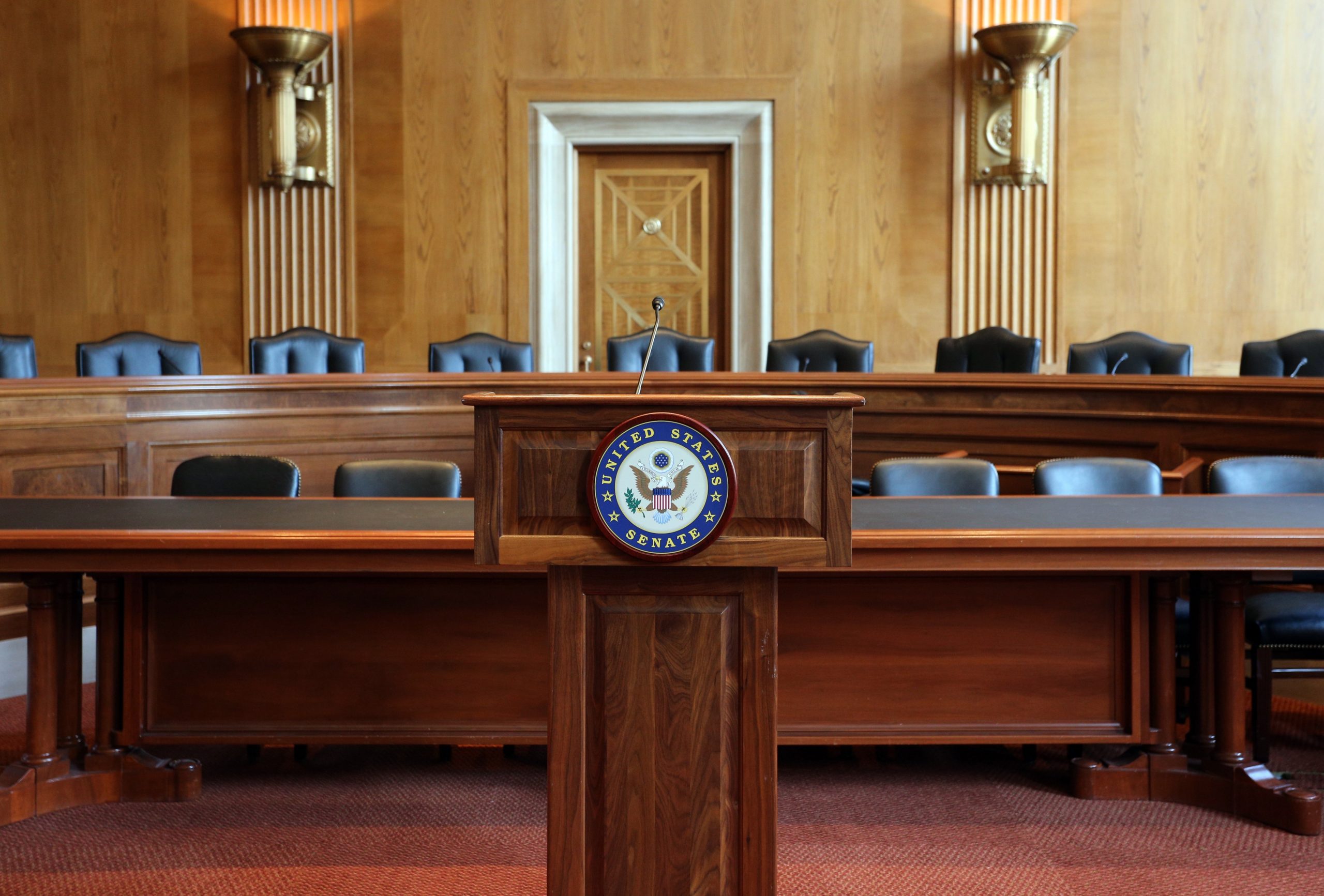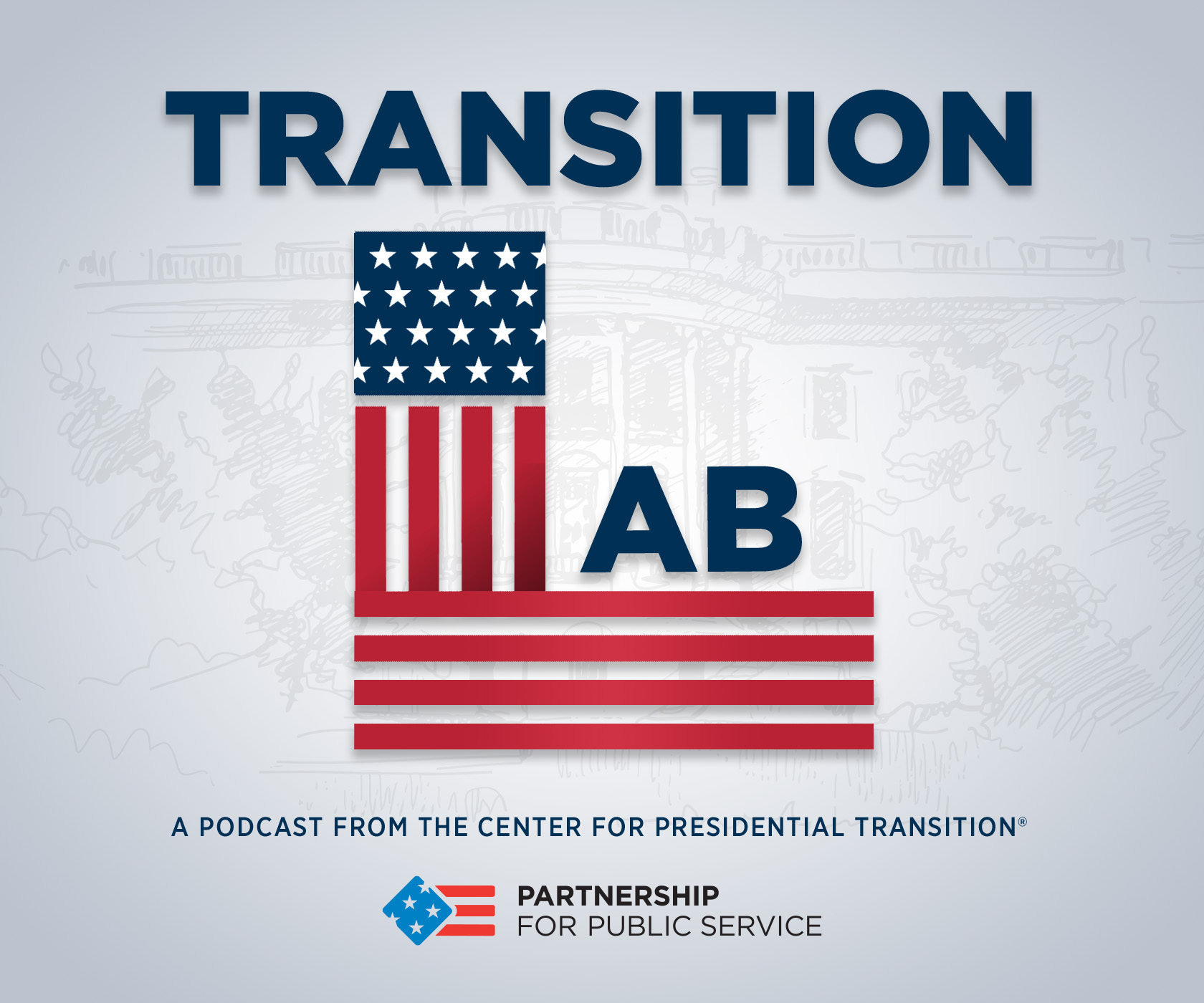Ready to Serve: Prospective Appointees
Senate-Confirmed Positions
Presidential appointments that require Senate confirmation are among the most senior leadership positions in the federal government. Starting early by pulling together information and filling out the required forms will avoid delays. This section provides detailed information on the process.
Top Tips
Do not make any statements suggesting your confirmation is a given. Even after the announcement is made public, use phrases like, “If I am confirmed,” or “If I’m lucky enough to serve” when you speak about the appointment.
Even if you are confident about your prospects for confirmation, show that you take the process seriously by completing the Senate questionnaires quickly, accurately and thoroughly.
The more people that know about your potential appointment, including friends and family, the more you may reveal.
Forego appearances in the media or at important events so that the vetting process can proceed without distractions.
If you know that certain topics or issues may interest senators, have appropriate responses at the ready. Seek guidance from the staff member or volunteer assigned to assist you.
The Confirmation Process
After an election, the president or president-elect begins making decisions on critical Senate-confirmed appointments. In the case of a newly elected president, the presidential transition team’s staff will examine the information collected in the preelection phase and conduct additional background reviews of those selected for consideration. Reelected presidents often have a number of important vacancies to fill early in their second term due to departures.
The Senate’s role in the process officially begins when it receives an official written nomination from the president regarding your prospective appointment. The nomination is then sent to the appropriate committee. Once reported out from the committee, your nomination may be called up for consideration and vote by the full Senate.
Generally, nominees can expect serious scrutiny from the Senate, but most nominees are eventually confirmed. You should prepare by familiarizing yourself with the confirmation flow chart on page 111 of the Center for Presidential Transition’s® Presidential Transition Guide as well as the National Academy of Public Administration’s resource, “A Survivor’s Guide for Presidential Nominees.”
Senate Questionnaires
In addition to background investigation and financial disclosure forms, nominees for Senate-confirmed appointments must complete committee questionnaires. Each committee has its own questionnaire, and they differ in their subject matter and length. The questions typically cover biographical and financial information, and some committees also ask nominees to respond to policy questionnaires.
You should complete the required paperwork as quickly as possible. Committees usually do not move forward with a nominee’s hearing unless all paperwork is complete. Completing and returning your Senate questionnaires promptly also will indicate to the committee that you are committed, cooperative and professional. Coordinate with the administration’s or the transition team’s legislative affairs staff to gain helpful information.
Preparing for Your Hearing
Your focus during the Senate confirmation process should be preparing for the confirmation hearing. In most cases, you will be assigned a member of the agency or White House legislative affairs staff, or an experienced volunteer who advises and accompanies you when meeting with senators.
This person should help you to arrange meetings with senators and the committee staff to form relationships, secure support and learn about the nuances of the committee process. These individuals can also help prepare you by conducting mock hearings, known informally as “murder boards.” For a full description of the roles and responsibilities of this person in this process, read through the checklist on page 126 of the Center for Presidential Transition’s Presidential Transition Guide.
Testifying
You want to appear open and prepared during your confirmation hearing. The hearing may be intimidating, but serving as a presidential appointee is an incredible honor and you should reflect that fact in your demeanor and approach to the senators. To prepare for your hearing, review this list of considerations.
Confirmation
Under Senate procedures, a nominee requires a simple majority support of senators present and voting to proceed to the nomination. After the Senate has voted, the clerk of the Senate notifies the White House to prepare your presidential commission. The commission is signed by the president and sent to the State Department, where the secretary of state signs and the Great Seal of the United States is affixed. Once the commission process is completed, you are referred to officials at your agency for official onboarding.
On the Blog

Five tips for getting through the Senate confirmation process

Seeking a political appointment: Seven tips from a former special assistant to the president for presidential personnel


